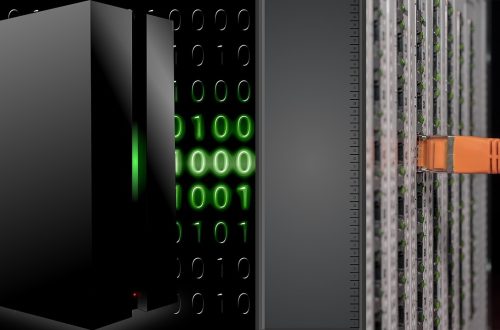In today’s world, maintaining the integrity and safety of your property is paramount. Whether it’s a residential area, a commercial establishment, or an industrial zone, security fencing acts as the first line of defence against potential intruders. But how exactly does a simple fence deter unwanted entrants? In this article, we’ll explore the mechanisms behind how security fencing can be a pivotal factor in safeguarding properties.
The Psychological Deterrent
A well-built security fence is not just a physical barrier; it’s also a psychological one. The mere presence of MOD fencing can signal to would-be intruders that the property is well-protected and not an easy target. Typically, trespassers look for the path of least resistance, and a formidable fence implies the exact opposite.
Height Matters
One of the key factors that make security fences effective is their height. Fences that are significantly tall are more challenging to climb over. Generally, a height of at least two meters is recommended for a security fence as this height not only makes it physically more difficult to scale but also requires more time and effort, which increases the risk of detection and capture for the intruder.
Anti-Climb Features
Modern security fences incorporate anti-climb designs — such as spiked tops, anti-cut, and anti-climb materials — making it extremely difficult for someone to get a good grip. These features are specially engineered to prevent intruders from finding easy hand and foot holds, thereby effectively discouraging climbing attempts.
Robust Materials
The strength of the materials used in building a security fence is crucial. Heavy-duty metals, such as steel or wrought iron, are common choices as they offer durability and are resistant to cutting or breaking. These materials can withstand the force that might be used by trespassers attempting to breach the perimeter.
Visibility
A security fence that allows visibility works twofold: it provides those inside the view of the outer perimeter while making it harder for someone to hide when attempting to intrude. This makes surveillance more effective and further deters trespassers because they are aware they can be easily seen and identified.
Integration with Security Systems
Many security fences are part of a broader security system, which may include surveillance cameras, motion detectors, and alarms. When any suspicious activity triggers these systems, they can alert the property owners or security personnel, making it possible to respond quickly to potential breaches.
Maintenance and Upkeep
A poorly maintained fence can quickly become ineffective. Regular checks and repairs are necessary to ensure that no weak spots have developed that could be exploited by an intruder. A well-maintained fence not only functions optimally but also indicates to potential intruders that the property is under careful watch.
Conclusion
Security fencing is a multifaceted solution that combines deterrents, physical barriers, and integration with technology to provide a comprehensive defence against intrusions. In planning a security fence, it is important to consider height, material strength, climb-resistant features, and visibility. Additionally, integrating fencing with security systems and ensuring regular maintenance becomes a force multiplier in security effectiveness. Ensure that your property’s first line of defence — the security fence — is robust and reliable to provide peace of mind and secure surroundings.





